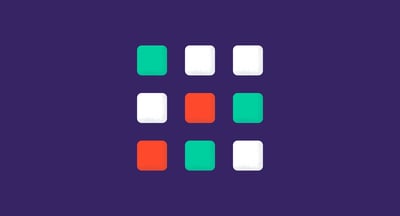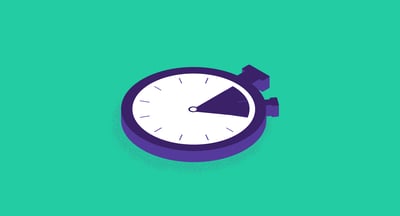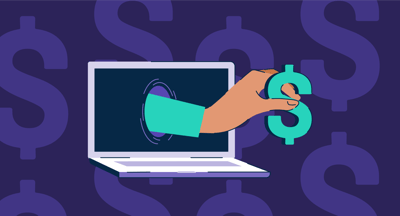February 2, 2024
 by Mara Calvello
by Mara Calvello
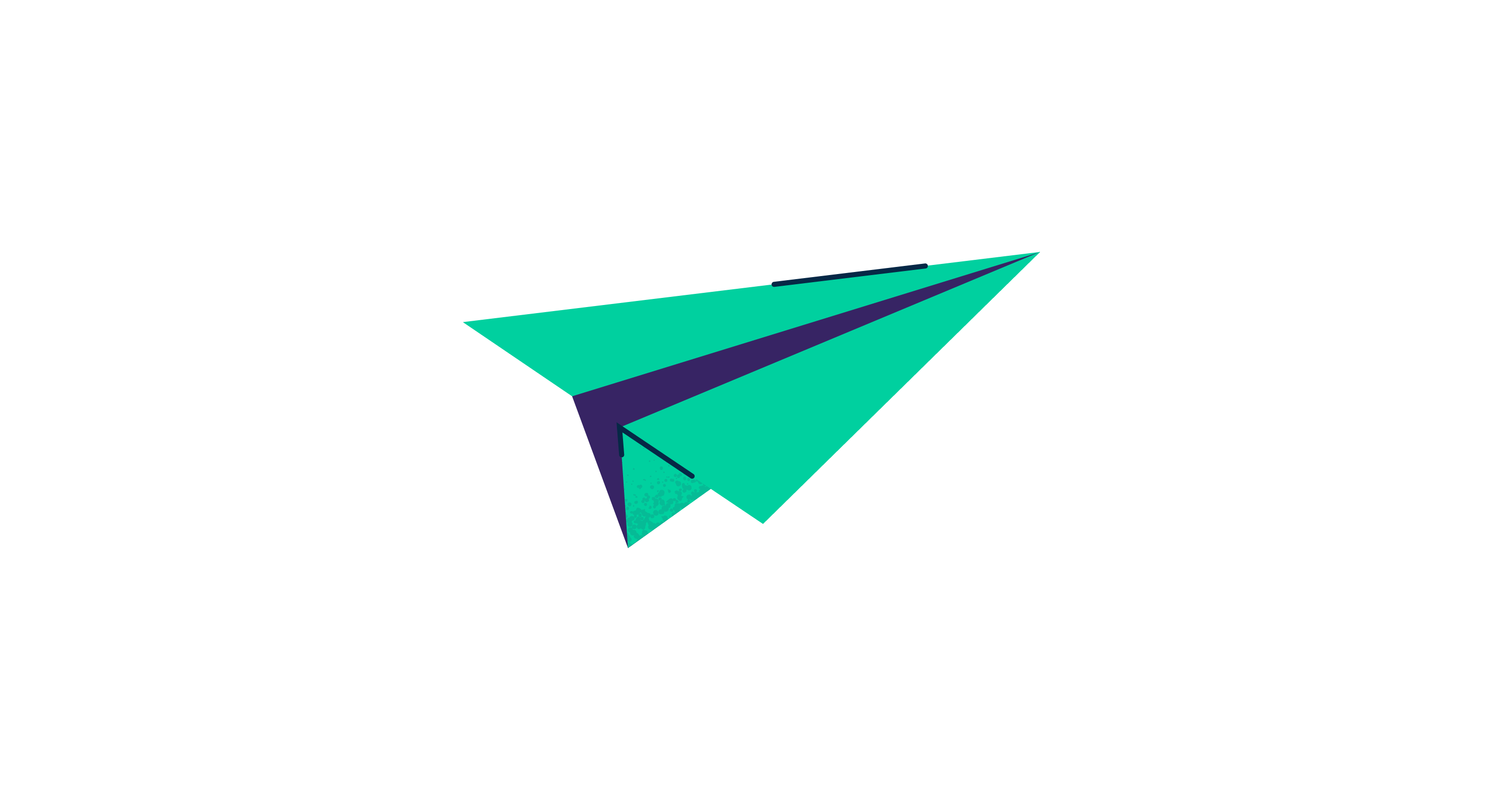
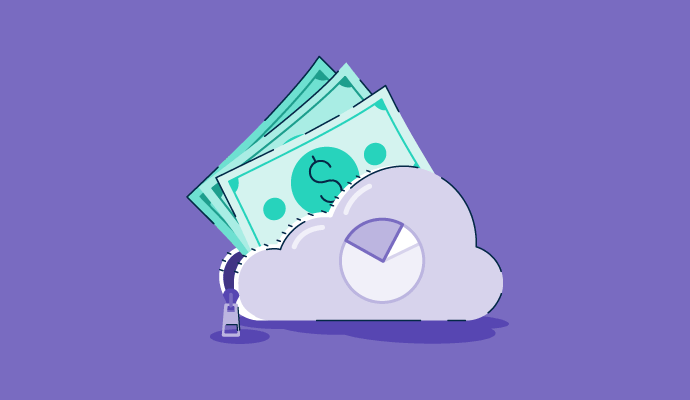 Say yes to cost-cutting
Say yes to cost-cutting
Use G2 Track to optimize your software spending and save big during SaaS migration.
Change can be a good thing.
For businesses trying to stay competitive and innovative, even the way they use software needs a change. In recent years, more and more companies have started considering the shift from on-premise applications to cloud-based software-as-a-service (SaaS) applications, otherwise known as SaaS migration.
SaaS migration is the process of moving an organization's software applications from on-premise infrastructure to a cloud-based software-as-a-service (SaaS) model. Under a SaaS model, organizations can host and manage applications remotely over the internet on a subscription basis.
So the question remains: can you implement SaaS migration and experience positive business outcomes? The answer is yes.
But before making this decision, it’s always a good idea to know what to expect and how to use a SaaS spend management tool like G2 Track to make the entire process smooth and seamless.
In the case of traditional on-premise architecture, businesses purchase, install, and maintain software on their server and devices, which can be expensive. With SaaS solutions, businesses can opt for flexible subscription models hosted centrally on a cloud. This transition allows for better financial planning and cost savings.
Organizations don’t need to wait for software upgrade cycles to upgrade to the latest version or new features. Cloud providers regularly deliver new features and security updates online, free of cost. It also frees up organizations' resources from the strenuous process of regular maintenance, updates, and security.
There are different migration models, each with its own approach. These include the following:
Once your company decides to transition from on-premise software to cloud-based software, you may find yourself wondering, “What comes next?” – especially if this is your first time making the switch.
Thankfully, G2 Track takes the guesswork out of the big move, all while optimizing SaaS spend along the way.
When the existing applications are going through the SaaS migration steps, software updates become automatic throughout their lifecycle. Because these tools are hosted by cloud providers, software vendors can automatically update and upgrade their platform in contrast to you determining when and how you update when using on-premise tools.
Since these updates are automatic, your team will always have the latest version at their fingertips, and you’ll never miss out on a new feature. Because of this, it’s vital to make sure your team is ready for the latest and greatest version of the software.
Generally, depending on the size of the system and how critical the software is to business operations, it’s crucial that when the provider updates you to the latest software release, everything will function exactly as your team expects it to. If it’s your company’s CRM or ERP solution, which typically has a variety of unique and custom settings for your company, you want to make sure these settings won’t be lost, made obsolete, or become completely broken by the update.
Likewise, be sure to consider disruptions it may cause for business operations if necessary as well. Coordinate with your vendor, and align with your company’s affected department. Lay down a realistic timeline so everyone can anticipate dependencies, prepare in advance, and stay productive while they wait for the migration to complete.
Because these updates are out of your hands, find out from the vendor if these automatic updates follow a schedule or specific SaaS model, like the one Amazon uses. Will they be twice a year or once per quarter? Have a plan in place for your team based on the answer.
Find out if you can be a part of the company’s Release Preview of the update or their regression test to evaluate if all the critical functionality that worked previously will still work once they make the update live. If you notice a feature isn’t working how it should, let the vendor know so they can adjust their system setup to work as expected once the new release is live.
Once fully adapted to SaaS solutions rather than cloud services, changes will most likely be made to your IT department. When using on-premise software, your in-house IT team will handle the infrastructure with very little downtime, as well as support the system, but with hybrid cloud solutions, you may find this isn’t necessary.
There are specific advantages and disadvantages to this potential shakeup. For instance, if you don’t need as robust of an IT department, there are some cost savings in having a smaller team. Additionally, it can be difficult to keep internal IT employees up to speed on the many software solutions within your tech stack, especially when you consider how quickly the tech landscape often changes. An outsourced vendor will have a large enough IT team of experts to assist customers across a wide scope of industries.
The disadvantage, of course, is that you never want to let employees go. At the end of the day, when working with SaaS solutions, you need experts within your IT department who have the unique skill set needed for particular SaaS applications. These experts will help your company maintain the necessary growth as well as maximize ROI for various platforms.
It’s not just your IT department that will go through some changes, but your compliance team will, too. When using SaaS solutions, a compliance team is necessary since data isn’t only stored internally but across multiple vendors.
It’s crucial that you make sure that the vendors you’re working with are certified and compliant with various regulations, like GDPR. You should only work with companies who are completely buttoned up with their certifications so that you don’t put customer or company data at risk of being stolen or part of a breach through data migration. With this information in someone else’s hands, you must trust that partner.
Thankfully, G2 Track specializes in vendor management and compliance. It’s able to record and elevate vendor practices while making sure every application meets industry standards. From data center processing addendums and GDPR statements, G2 Track has your back for a complete digital transformation.
Because SaaS tools are subscription models, the renewals are automatic and no longer in-house. This creates a different financial structure than what you may be used to when using on-premise tools. Having to monitor each application, when they’re up for renewal, and how you’re being charged can be a time-consuming process.
In addition, while the upfront fee of a SaaS solution through a private cloud may be lower, you can have potential fees along the way that you didn’t expect. Because anyone can sign up for a SaaS tool, you may find yourself with increased costs. The cost of using these SaaS tools can also be based on storage, emails sent, or seats. As your customer base grows and more of your team needs to use these solutions, you may see an increase in cost.
What can be affordable at first can soon be out of your budget if your company doubles in size or it no longer fits your specific needs.
Thankfully, G2 Track can be your single source of truth when it comes to software spend optimization and getting a clear picture of each tool within your stack. You’ll be able to see, in one easy-to-read dashboard, how much is being spent with each vendor, where the spend is contracted, and if your employees are actually using each application.
"G2 Track is a valuable product that provides much-needed insight into our firm's IT utilization, cost and compliance in one place."
Sanusi M., Cloud Integrations Engineer
G2 Track Review
With G2 Track, you’ll never have wasted licenses, as you can always see who’s logging in and how often. And with the user sentiment data, you can easily find out if the tool is deemed critical to your teams.
It’s not uncommon for SaaS applications to always be expanding and changing their feature sets, whether it be for the short-term or long-term. While this is arguably one of the great things about migrating tools to the cloud, it can also mean that you may find yourself using software that has overlapping functionality. What was once two different software solutions at the beginning of your fiscal year can look very similar, with the same user experience and delivery model, at the end.
A SaaS system of record like G2 Track can help there, too. One of the many benefits of using a tool like G2 Track is it can identify any overlap in functionality between various software solutions. The result? Find your business new ways to cut costs and trim out unnecessary tools.
By migrating to SaaS, organizations can save big by reducing the requirement of resources for software installation and management. There are many other benefits to SaaS cloud migration, including:
Organizations must be aware of and address some of the challenges during the SaaS migration process, like:
A. The impact of SaaS migration depends on the IT system in place. It generally involves making adjustments to configurations, integrations, and data migration. A well-executed migration plan minimizes disruptions to business operations and ensures a smooth transition.
Organizations must assess their current infrastructure, evaluate the compatibility of existing applications with cloud platforms, and establish a clear understanding of data security and compliance requirements. In addition, they must create a comprehensive migration plan by engaging all the key stakeholders.
SaaS migration success can be measured through key performance indicators (KPIs) like improved system performance, increased user satisfaction, reduced operational costs, and enhanced productivity. These metrics must be monitored regularly to assess the impact of the migration.
As they say, change is the only constant. And changing from on-premise software to cloud-based solutions and cloud applications doesn't have to be scary.
There’s no denying that there’s been a SaaS explosion, and with that comes an increase in SaaS migration services. After all, with so many alternatives to software solutions and great options to choose from, you’ll never be stuck with one tool for too long. That is – of course – unless you want to be.
Looking for more ways to save money? Take advantage of G2 Track today! Get a free tech spend analysis to audit your software costs and license usage. Request a demo now to learn how.
Mara Calvello is a Content and Communications Manager at G2. She received her Bachelor of Arts degree from Elmhurst College (now Elmhurst University). Mara writes content highlighting G2 newsroom events and customer marketing case studies, while also focusing on social media and communications for G2. She previously wrote content to support our G2 Tea newsletter, as well as categories on artificial intelligence, natural language understanding (NLU), AI code generation, synthetic data, and more. In her spare time, she's out exploring with her rescue dog Zeke or enjoying a good book.
 Say yes to cost-cutting
Say yes to cost-cutting
Use G2 Track to optimize your software spending and save big during SaaS migration.
How we use software has changed over the years.
 by Mara Calvello
by Mara Calvello
There are a lot of ways you can track how efficient you and your team are at work.
 by Mara Calvello
by Mara Calvello
G2 recently released its annual Software Buyer Behavior Report that includes some important...
 by Natalie Robb
by Natalie Robb
How we use software has changed over the years.
 by Mara Calvello
by Mara Calvello
There are a lot of ways you can track how efficient you and your team are at work.
 by Mara Calvello
by Mara Calvello
